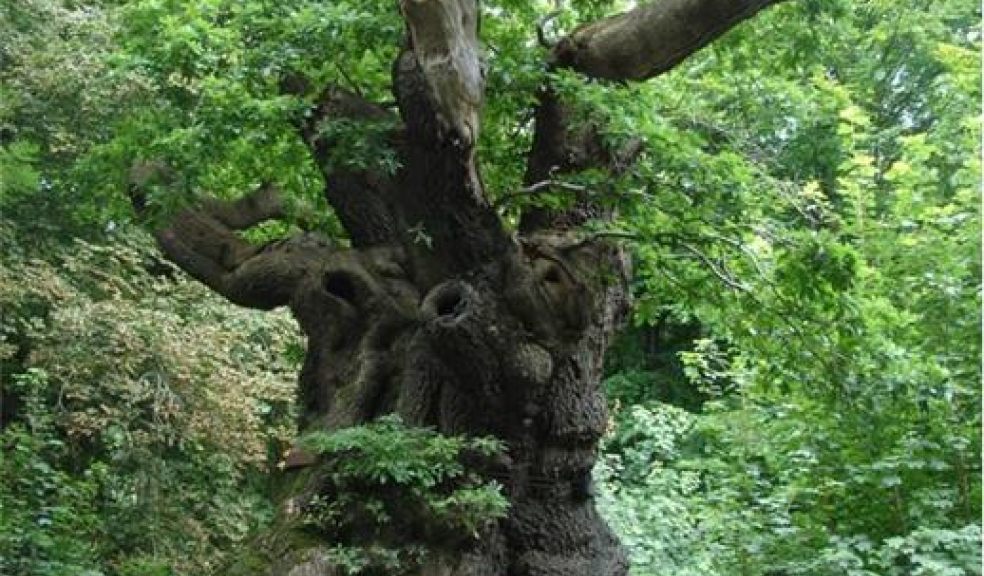
England's ancient trees are under threat
The Woodland Trust is concerned almost 84,000 ancient, veteran or notable trees are in danger from a multitude of pests and diseases, including 7,000 treasured ash trees which could be at risk from ash dieback. More than 115,000 trees, some of which have survived for more than 1,000 years, are registered on the charity’s Ancient Tree Hunt website and the majority of these could face direct threats from pests and diseases.
Ancient trees are the natural equivalent of listed buildings; they’ve stood for hundreds of years and witnessed historic events while watching silently in the background. Many, like the 11 metre girthed Big Belly Oak in the Savernake Forest, have played a crucial role in our history and folklore, and can never be replaced through replanting.
Sadly, ash dieback is not the only threat to our ancient trees; there are at least 15 known diseases and pests that pose an immediate threat. These include Acute oak decline and the oak processionary moth, Phytopthora Kernoviae which affects oak and beech, and Dothistroma needle blight which affects Scots pine.
Not all the dangers facing our ancient trees are natural; some are man-made such as HS2. Currently, there are 35 ancient trees are in danger of being impacted by the new rail line, and eight are likely to be completely destroyed.
Austin Brady, head of conservation at the Trust, said: “Losing some trees to diseases and pests is all part of life and death in the forest, but to lose our precious ancient trees would be absolutely terrible. These huge stalwarts have taken centuries to grow and their loss would just be devastating not only for the landscape but also for the environment.
“At the Woodland Trust we are looking at ways to fight tree disease and we will be holding a conference in June with some of the top minds in conservation, forestry and tree health to find a way forward for our country’s trees and woods. We need the public to help by getting into the great outdoors, looking at trees and checking them for signs of disease, so we have as accurate a picture of the situation as possible.”
With spring finally here, the next tree to come into leaf will be our iconic ash which is threatened by ash dieback or Chalara fraxinea. At this time of year one of the easiest ways to see if a tree is suffering from ash dieback is to look at a young branch and scratch a little of the bark off, if it is green underneath the tree is healthy, if it is brown it is not. Watch out for wilting on the leaves, which may throughout the summer become more blackened but still stay on the branch, diamond-shape lesions on the trunk or a balding crown.
To find out more about spotting ash dieback and other tree diseases already present in the UK, or to record possible disease in an ancient tree near you download the Tree Alert app or visit www.forestry.gov.uk
The Trust is also working with UK nurseries to avoid any diseases being accidentally imported into the country on young saplings. The charity is working with Forest Research on test sites, growing 30,000 ash trees from 11 different seed provenances at two sites, in order to find a genetic strain of the species resistant to the disease to safeguard it for the future. To find out more and help save our trees, visit: www.treedisease.co.uk













